Introduction
This document represents a personal reflection on the practical relationship between artificial intelligence and architecture. It is not based on any formal academic research or external sources, but rather on my own experiences and observations over time. My intention is to use this as a living document, updating it as AI continues to evolve and influence the field of architecture. By revisiting and expanding upon these thoughts, I aim to better understand how AI is shaping the profession and its future applications in design and architecture.
UPDATE: Sept. 2024

The Practical Relationship Between Artificial Intelligence and Architecture
In 2022, I began exploring the potential of generative artificial intelligence, driven by my curiosity and the desire to enrich my professional practice with new technological tools. From the very first experiments, despite the technical limitations of the time, I saw the significant potential of these systems. Initially, I used MidJourney for generating images from text and ChatGPT for supporting textual content creation. Although both tools were powerful, achieving satisfactory quality required long iterative cycles. Paradoxically, the time involved often exceeded what would have been necessary for manual creation. However, the AI-driven process offered a different and more stimulating experience from a creative standpoint.
A major turning point came with the release of the Stable Diffusion model in 2022, made accessible via the AUTOMATIC1111 (A1111) interface. This tool quickly gained popularity due to its flexibility and the ability to run the model locally on consumer GPUs. For the first time, it was possible to perform complex computations without relying on remote servers, opening new avenues for customization and control, and making these AI systems more widely accessible.
However, I soon realized that the time required to obtain significant results could negatively affect my daily productivity. For this reason, I sought ways to integrate these tools into my workflow in a balanced way, leveraging them to speed up specific tasks without compromising creative control. My early attempts focused on image generation, but initially, the lack of control over the results was a challenge. Often, the generated images were too distant from my intentions in terms of composition, color palette, and forms.
A significant advancement came with the use of extensions such as LoRA and ControlNet, which allowed for more refined control over the models and produced results more aligned with my expectations. ControlNet proved particularly useful in precisely defining the position and structure of elements within images, thus improving the efficiency of the process. Thanks to these tools, I was able to significantly reduce the time spent on image production, making it easier to integrate these technologies into my professional workflow.
Another important development was the introduction of ComfyUI, a platform that allows the use of Stable Diffusion (and other models like Flux) through a node-based system, similar to what is used in powerful software such as Blender, Unreal Engine, and Rhino Grasshopper. The node-based approach enables control over every stage of the creative process, from initial generation to detailed modification. While this increases the complexity of the process slightly, it offers a much higher level of control and allows each step of the pipeline to be visualized, making the workflow more understandable and easier to improve. As in the aforementioned software, the use of nodes provides a granular view of the entire workflow, giving greater freedom in customizing the results and allowing for the combination and optimization of different techniques.
At the same time, collaborating with the online community has been crucial in the evolution of my tools. Since many of these models are open-source, the developer community has played a key role in improving and customizing the technologies. This dynamic, ever-evolving environment has made it possible to quickly resolve issues and has led to constant innovation.
Meanwhile, ChatGPT became a valuable asset for time-consuming tasks such as text revision, quick research, and error checking, streamlining my daily workflow. Thanks to these tools, I was able to dedicate more time to creative and strategic activities, optimizing how I manage my time.
Over the months, the constant evolution of these technologies has led to significant improvements. The models have become more reliable, controllable, and capable of delivering consistent results. This has made AI technologies increasingly usable on a larger scale, with paid usage options further expanding their accessibility to a broader audience.
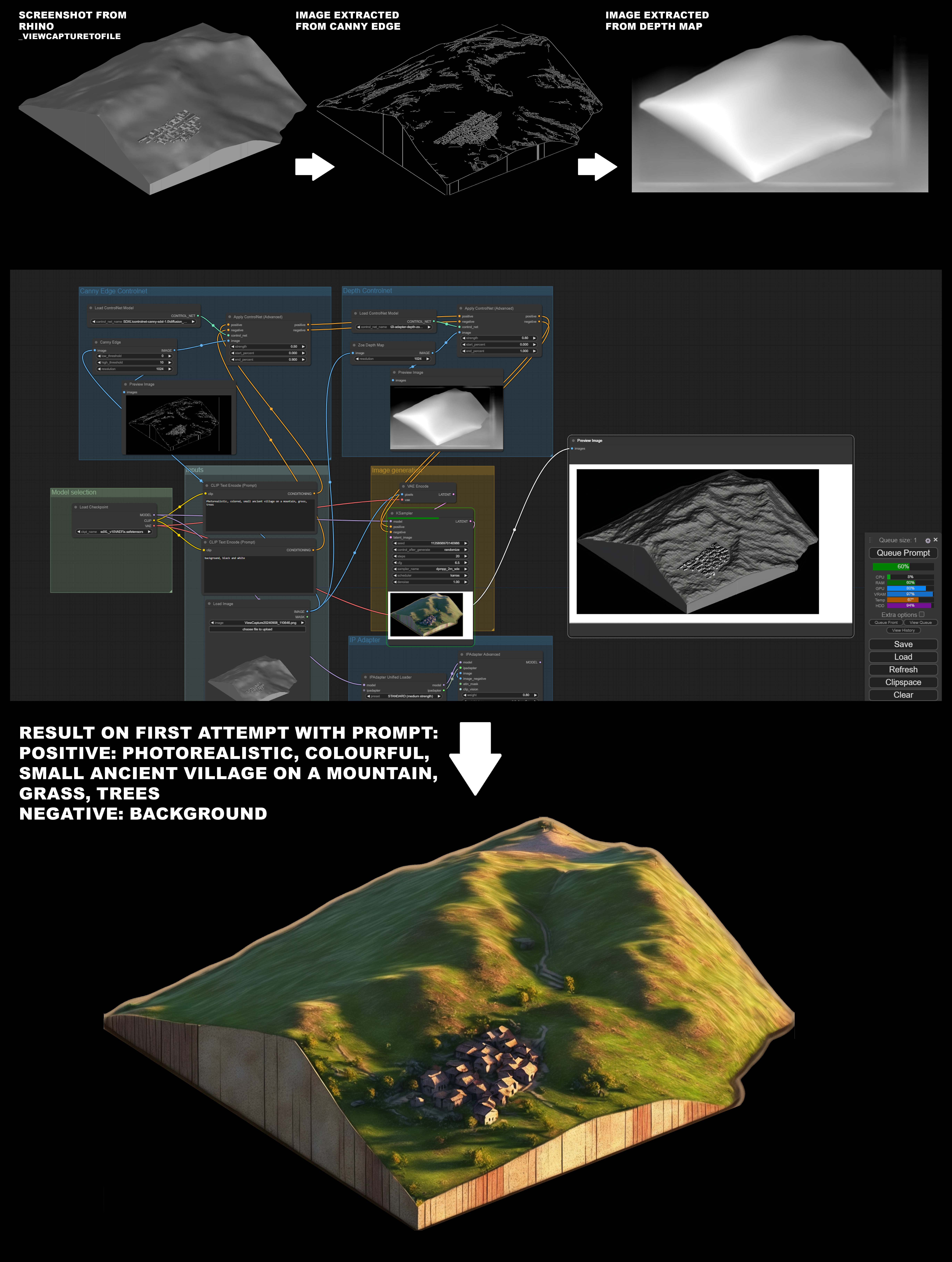
Artificial Intelligence in Architectural Design
One of the most fascinating aspects for me has been understanding how AI can be concretely integrated into an architect’s creative process. During the early stages of a project, these tools have proven to be crucial, especially in the conceptual phase. Starting from simple sketches or textual descriptions, it is possible to quickly generate images that incorporate textures, environments, and different atmospheres in a short amount of time. This saves hours that would otherwise be spent manually creating initial visualizations of a project, enabling rapid iteration and the ability to explore variations simply and efficiently.
Tools such as inpainting and outpainting have also proven extremely useful for modifying or expanding existing images. These techniques are particularly valuable for refining existing renderings or adding new elements without having to start from scratch. These tools, once reserved for professionals with advanced skills, are now accessible and can be used to improve the efficiency of the creative workflow.
The integration of these systems into the design process does not in any way mean replacing the architect’s creative work. Rather, they amplify the architect’s capabilities, allowing for the exploration of new avenues and improving productivity, leaving more room for conceptual development and the refinement of details.
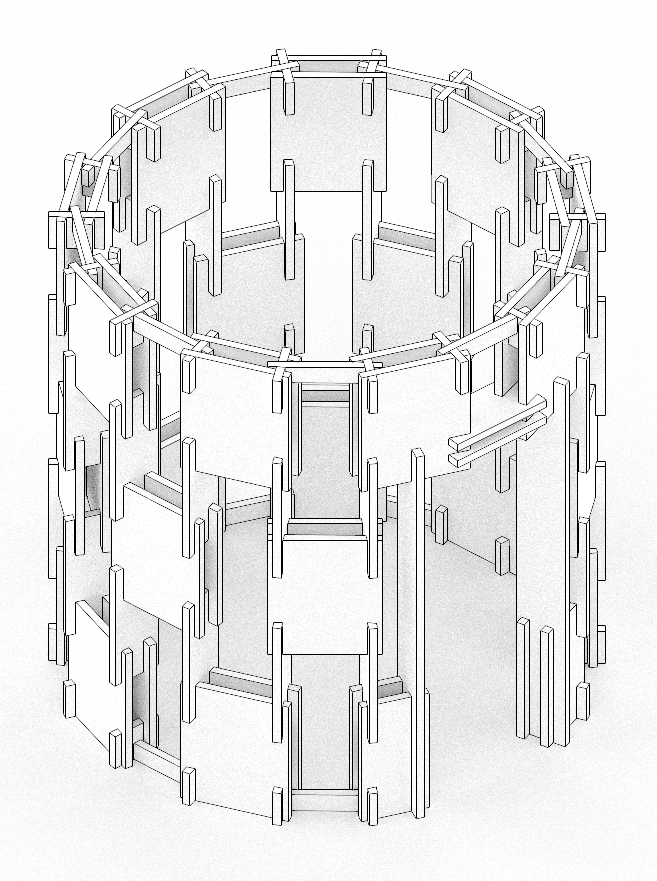
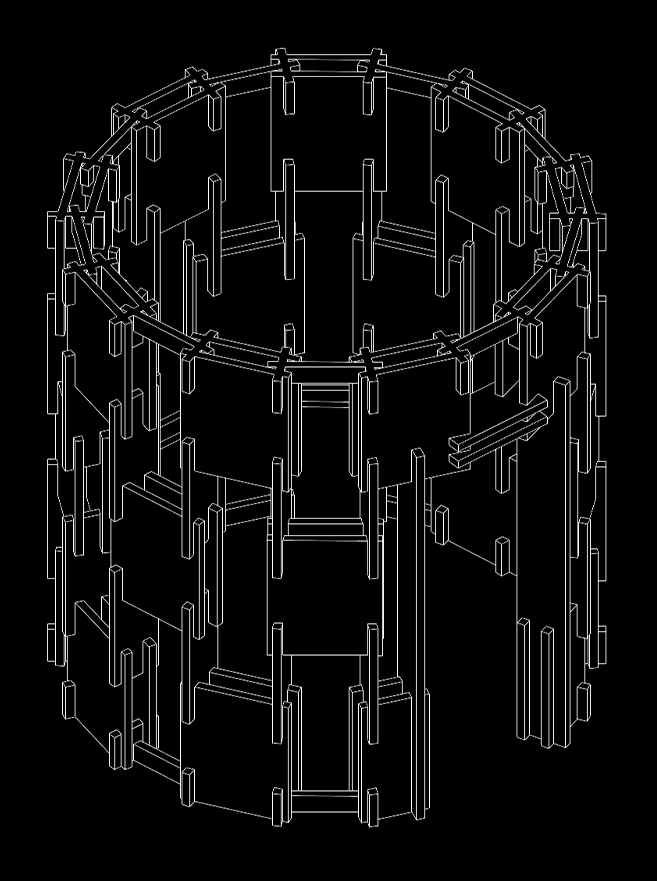
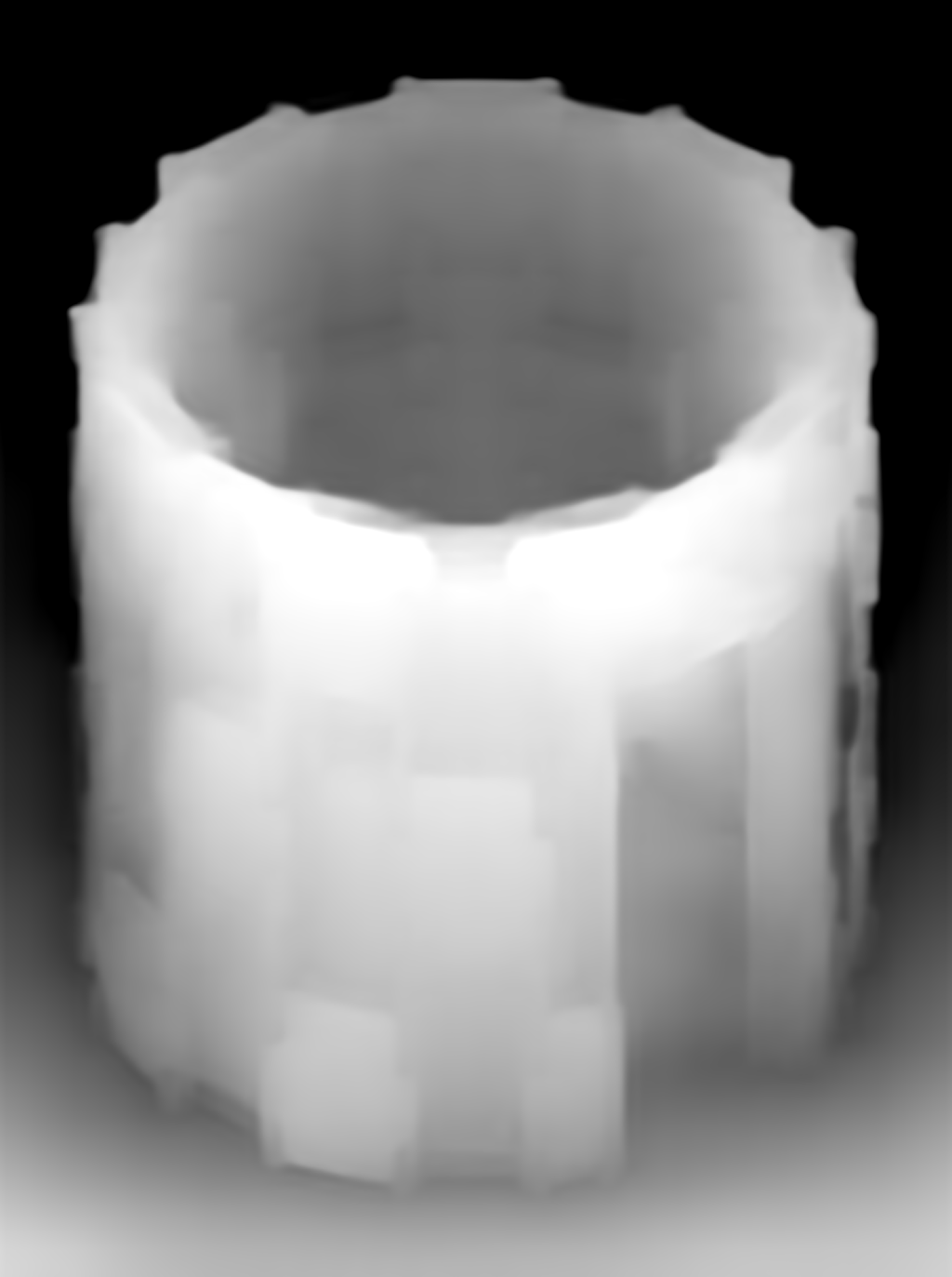
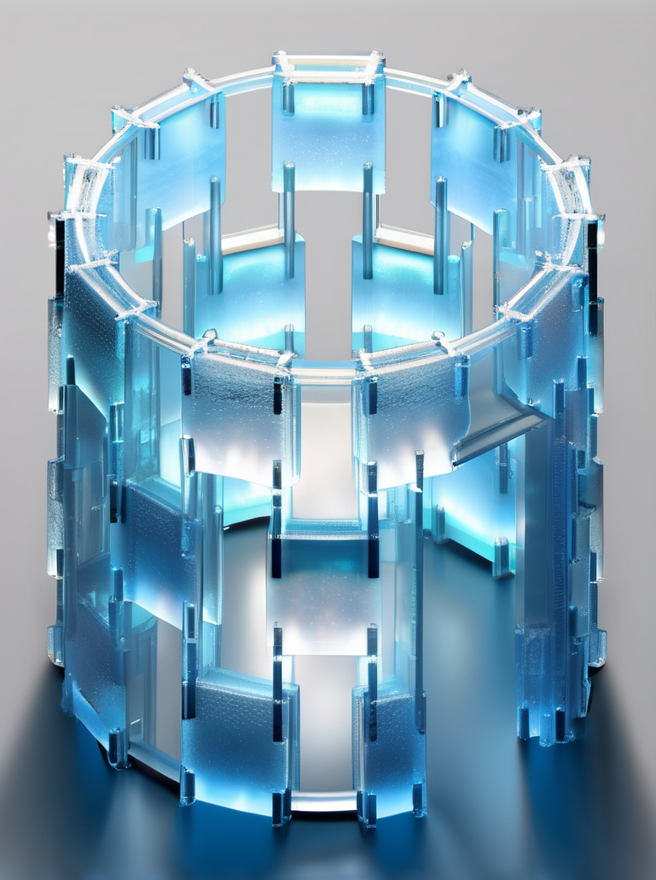
Final Thoughts and Future Perspectives
Looking to the future, I am convinced that artificial intelligence will never fully replace the work of an architect, but will increasingly act as a powerful ally, expanding their capabilities. AI-based tools allow for the rapid exploration of multiple design solutions, the optimization of production processes, and the enhancement of final results. However, the human touch, intuition, and design sensitivity will always remain irreplaceable.
I imagine a future where the collaboration between humans and these advanced systems will become more and more integrated, with AI serving as an extension of creative thought, enabling experimentation and innovation in ways that are unimaginable today. The key will be maintaining control over the process, using these tools to amplify our abilities, not to replace them. Continuous innovation and learning will be essential to staying competitive in a world where technology becomes increasingly integrated into the creative process.
